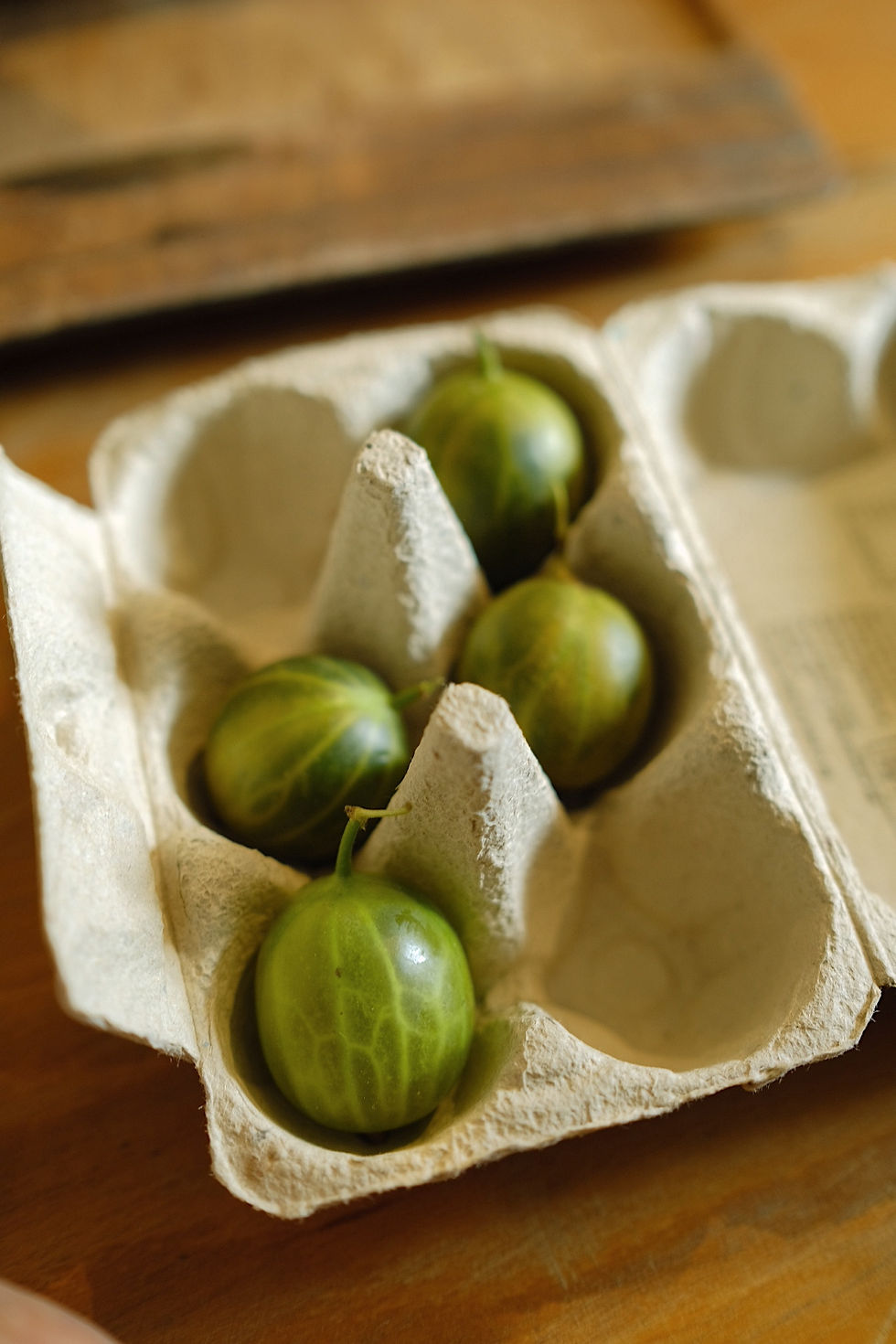Murals of British Wildlife
- Angus D. Birditt
- Aug 19, 2021
- 3 min read
ATM is the artist painting murals of wildlife all around the British Isles, and in particular, in urban areas. Explore the following photographs and article by ATM, who talks about his passion for British wildlife and using his art as campaign symbols to protect habitat and species, often on a small local level, encouraging others to appreciate and conserve it for the future.

My inspiration for painting huge murals of endangered wildlife in urban places comes from two sources. Firstly, a desire to celebrate and communicate the sheer beauty and variety of the creatures with whom we share our environment, and secondly, a great urge to show this to as wide an audience as possible, to draw attention to the rapid and disastrous decline of so many of our native species. Many people now, in our technology and social media-driven world, are tragically unaware of what is passing even as it fades into oblivion.
Here in the UK, we live in one of the most ecologically deprived countries in the world. Germany retains 33% of its original forest cover, ours is only 13%, after a low of 5% one hundred years ago. Since WWII the explosion in the use of chemical fertilizers, pesticides and herbicides in farming has caused an accelerating decline in many once-abundant farmland birds and their insect food. I have witnessed so much of this in my lifetime. I remember lapwings nesting in every farmer’s field and huge winter flocks around Pennine reservoirs. Kestrels were a common sight on rough open fields. Drainage of water meadows and marshes, the change from hay cutting to early silage, has been a disaster. My curlew for Endangered 13 and Snipe by the paved-over river Bollo is a way of showing the consequences of our actions and the urgent need to change course.
My paintings act as symbol in campaigns to protect habitat and species, often on a small local level, like the mistle thrush in Greenwich; an attempt to save a patch of green space from development; the bullfinch in North London to encourage planting of fruit trees in gardens and housing estates, or the hen harrier at RSPB Rainham Marshes to urge a stop to the desecration on northern grouse moors. There is cause for hope, however. For example, sparrowhawks can flourish in urban areas, where there are signs of healthy small bird populations. These hawks are not the cause of small bird declines, which is down to loss of habitat, food sources and nesting places. Pollinating insects can thrive in cities, free of the countryside drenched in chemicals, and, even more so, if councils and garden owners plant more wildflower meadows.
What is so striking is how even a little area, if planted well, can sustain so many species. Witness the Centre for Wildlife Gardening in Peckham; whatever anyone does to help wildlife, however small, is always very worthwhile. Initiatives like the Friends of the Earth ‘10x Greener’ campaign in a single Hackney street – Daubeney Road – shows what can be achieved when the whole community comes together to help nature. Song thrushes need damp unkempt gardens. As do hedgehogs. People miss hedgehogs, but don't realise their requirements: access gaps between garden fences and walls, piles of logs and leaves left undisturbed all year round. Help one species and we help multiple others. It's a change of culture that is needed, away from tidiness and neatness. The obsession of the immaculate lawn can be usurped to embrace wildness and unkemptness. It is my work to be part of this cultural shift.
Ambitious projects are afoot to rewild large tracts of our land. The glens of Scotland and uplands of England, overgrazed by sheep and predator-less red deer for generations, are in places allowed to naturally regenerate, trees once again climbing up the slopes. Hopefully this will spread further to the barren uplands of our National Parks. The absence of large mammals and the effects of their habits have led to an often-sterile uniformity in our remaining woodland. This will all change when Bison are introduced to a wood in Kent under the Kent Wildlife Trust’s ‘Wilder Blean’ project. Bison eat bark and rub themselves against trees; the resulting deadwood is a boon for insects and creates open sunlit glades. Eventually they create varied woodland profiles and a mosaic of habitats, true ecosystem engineers.
.png)




.jpg)


.jpg)







































Comments